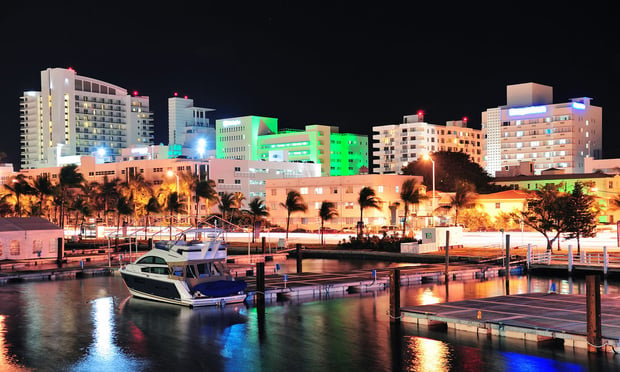One sign is the new peak RevPar reached in 2005. "This is one indication of the strength of this marketplace," he added in a morning conference call with CB Richard Ellis. RevPar, which Torto explained has a strong correlation with the state of the economy, was in a significant hole in the early part of the decade because of Sept. 11 and the conflict with Iraq. However, it has now "come out of this hole to new record numbers."
Another sign that the industry is going strong is that demand exceeded new supply this year, and the trend will continue next year. According to Torto Wheaton, approximately 35,000 new rooms will come into the marketplace in 2005 and approximately 55,000 new rooms are forecast to come into the marketplace in 2006. With the number of existing hotel rooms at approximately 4.25 million, the total number of rooms to be delivered this year equals less than 1%, added Kevin Mallory, senior managing director and US practice leader for CBRE Hotels. That figure reaches above 1% in 2006 but does not surpass 2%, he added. These numbers contrast with the demand for approximately 85,000 rooms this year and 90,000 rooms next year. "We have a situation where new supply coming into the marketplace is under control," Torto explained.
The market can really handle more on the supply side, especially in the higher markets, such as luxury and first-class hotels, Torto said. "There is above average supply growth in the lower markets," Mallory added, "and lower supply growth in the upper markets." One reason being that it is harder to make the numbers work when developing first-class and luxury lodging, he explained.
Those areas of the country experiencing a tightening of the market over the next year are some of the top markets, such as Los Angeles and New York City, said economist Abby Marks, Torto Wheaton's hotel expert. Joining those cities are Phoenix, Portland and San Diego. The areas of the country with above average projects under way (1,000 units or more) are Boston, Dallas, Denver, Miami and San Antonio, she added.As for recovery, in the full-service market Honolulu is benefiting from a strong Japanese economy. Similarly, Orange County, CA and Los Angeles are benefiting from trade with China, Marks added. On the limited service side, many areas of Texas--such as Houston, Dallas and Austin--are seeing an uptick in occupancy as a result of the Katrina effect. Marks explained that these numbers may be corrected over the coming quarters; however, Houston and Atlanta may be poised to take over the convention business from New Orleans.
Want to continue reading?
Become a Free ALM Digital Reader.
Once you are an ALM Digital Member, you’ll receive:
- Breaking commercial real estate news and analysis, on-site and via our newsletters and custom alerts
- Educational webcasts, white papers, and ebooks from industry thought leaders
- Critical coverage of the property casualty insurance and financial advisory markets on our other ALM sites, PropertyCasualty360 and ThinkAdvisor
Already have an account? Sign In Now
*May exclude premium content© 2024 ALM Global, LLC, All Rights Reserved. Request academic re-use from www.copyright.com. All other uses, submit a request to [email protected]. For more information visit Asset & Logo Licensing.







